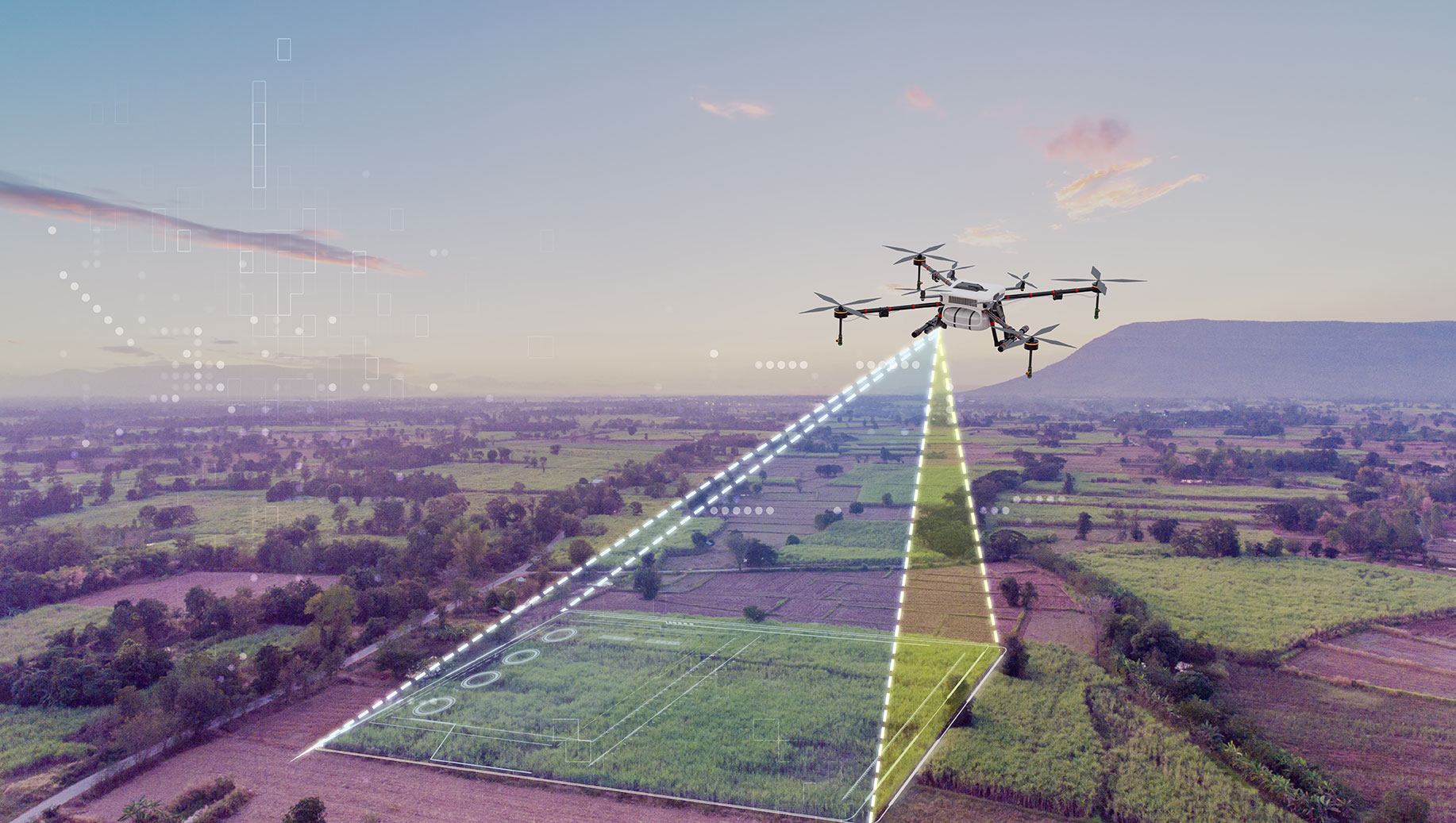In recent times, drone surveying provides emerged as the game-changer in the particular construction industry, ushering in a brand-new era of performance and precision. As https://rhythmgamingworld.com/members/topographic-survey38/activity/1258783/ grow in complexity and size, the demand intended for innovative technologies of which streamline operations plus enhance data reliability has never been more important. Drones, equipped using advanced mapping plus imaging capabilities, happen to be transforming how surveyors gather data, evaluate sites, and control projects, reshaping standard methodologies.
Drone technology is usually not just some sort of passing trend; it is revolutionizing the way professionals in the construction field operate. With the ability to quickly capture high-resolution aerial images and produce comprehensive topographical maps, drones are proving to get indispensable tools. They give insights that used to be weeks to collect, enabling faster decision-making and improved job management. As all of us delve deeper straight into the benefits associated with using drones intended for surveying, it gets evident that this technological innovation is here in order to stay, as well as impact on construction only will continue to expand.
Benefits and Applications involving Drone Surveying

Drone surveying offers numerous rewards that are altering the construction sector. First of all, drones substantially enhance accuracy and precision in acquire surveys. see this here surveying methods can become time-consuming and susceptible to human error, while drones use advanced imaging and mapping technologies that provide high-resolution aerial information, ensuring that stakeholders have reliable details for decision-making. This specific elevated level involving accuracy not merely assists in planning and even design but in addition reduces costly problems that may arise afterwards in the construction process.
Inside addition to improved accuracy, the efficiency of drone surveying is a game changer. Drones might cover large areas in a fraction involving the time it would take using standard surveying techniques. This kind of rapid data collection allows construction teams to assess web pages quickly, leading to faster project duration bound timelines and improved resource management. By dramatically reducing the amount of fieldwork required, drones assist to streamline functions, allowing teams to focus on critical tasks that will matter most to be able to project success.
Furthermore, typically the applications of drone surveying extend beyond just construction. Drones are being used in different areas such like agriculture, environmental monitoring, and disaster administration. For instance, farming specialists utilize drones to assess plants health insurance and optimize yields, while environmental firms monitor ecosystems in addition to track changes in land use. Inside disaster recovery, drones provide vital elevated assessments that support in planning and even rebuilding efforts. Typically the versatility of drone technology blurs the particular lines between industrial sectors, highlighting its vital role in contemporary surveying practices.
Comparative Analysis: Drones vs. Conventional Surveying
Traditional surveying methods often rely in ground-based equipment in addition to manual measurements, which can be time-consuming and labor-intensive. Surveyors typically use tools such as theodolites, total stations, in addition to leveling instruments, needing significant human insight for data selection and analysis. Whilst these methods have been proven trustworthy over time, they can be limited by challenging terrain or ecological conditions, and the particular scope of data protection is constrained by simply manpower and period available.
In contrast, drone surveying leverages modern technology to capture significant parts of land quickly and efficiently. Drones furnished with high-resolution cams and LiDAR devices can cover intensive sites in a new fraction of the particular time it would take for classic methods. This capability not only enhances the speed of data collection but furthermore enhances the good quality of the files gathered, providing comprehensive topographic maps and even volumetric measurements unavailable by ground-based strategies alone. Drones might easily access hard-to-reach areas, which is why they are concidered particularly advantageous in complex construction sites.
Moreover, the data analysis process differs significantly involving the two methods. Conventional surveying often entails manual input in addition to computations, which could introduce potential problems and delays. Drone surveys generate huge amounts of data of which can be processed quickly using particular software, allowing with regard to rapid decision-making in addition to improved project supervision. This efficiency explicates to cost cost savings and enhanced productivity, highlighting why drone surveying is progressively favored in contemporary construction and terrain surveying projects.
Future Trends in Drone Surveying
While technology continues to evolve, drone surveying is set to be even more superior with advancements inside artificial intelligence and machine learning. http://ramosladegaar.jigsy.com/entries/general/SkyHigh-Innovations-How-Drone-Surveying-is-Modifying-Construction of technologies will allow drones to procedure data in current, enabling quicker decision-making on construction internet sites. Automation in drone operations will in addition increase, making it simpler in order to conduct surveys with no extensive human input, thus enhancing productivity and safety during a call.
Another significant trend could be the integration of drones with other surfacing technologies such because Building Information Modeling (BIM) and Geographic Information Systems (GIS). This integration can provide comprehensive data analysis, leading to be able to an even more seamless work in construction projects. Drones equipped using advanced sensors might capture high-resolution photos and 3D maps, feeding into techniques that can imitate construction processes plus predict potential problems before they happen.
Lastly, as regulations adjacent drone usage carry on and evolve, we can certainly expect increased ease of access for smaller businesses and individual surveyors to leverage drone technology. This democratization of drone surveying will drive advancement and competition, in the end improving service top quality across the market. With ongoing breakthroughs, drone surveying will be poised to become a standard practice, enhancing accuracy plus reducing costs regarding construction projects throughout the world.
